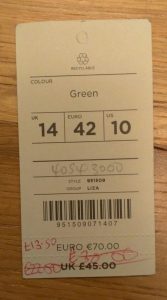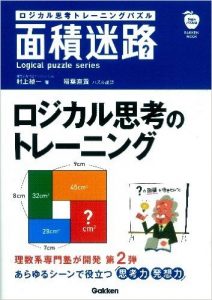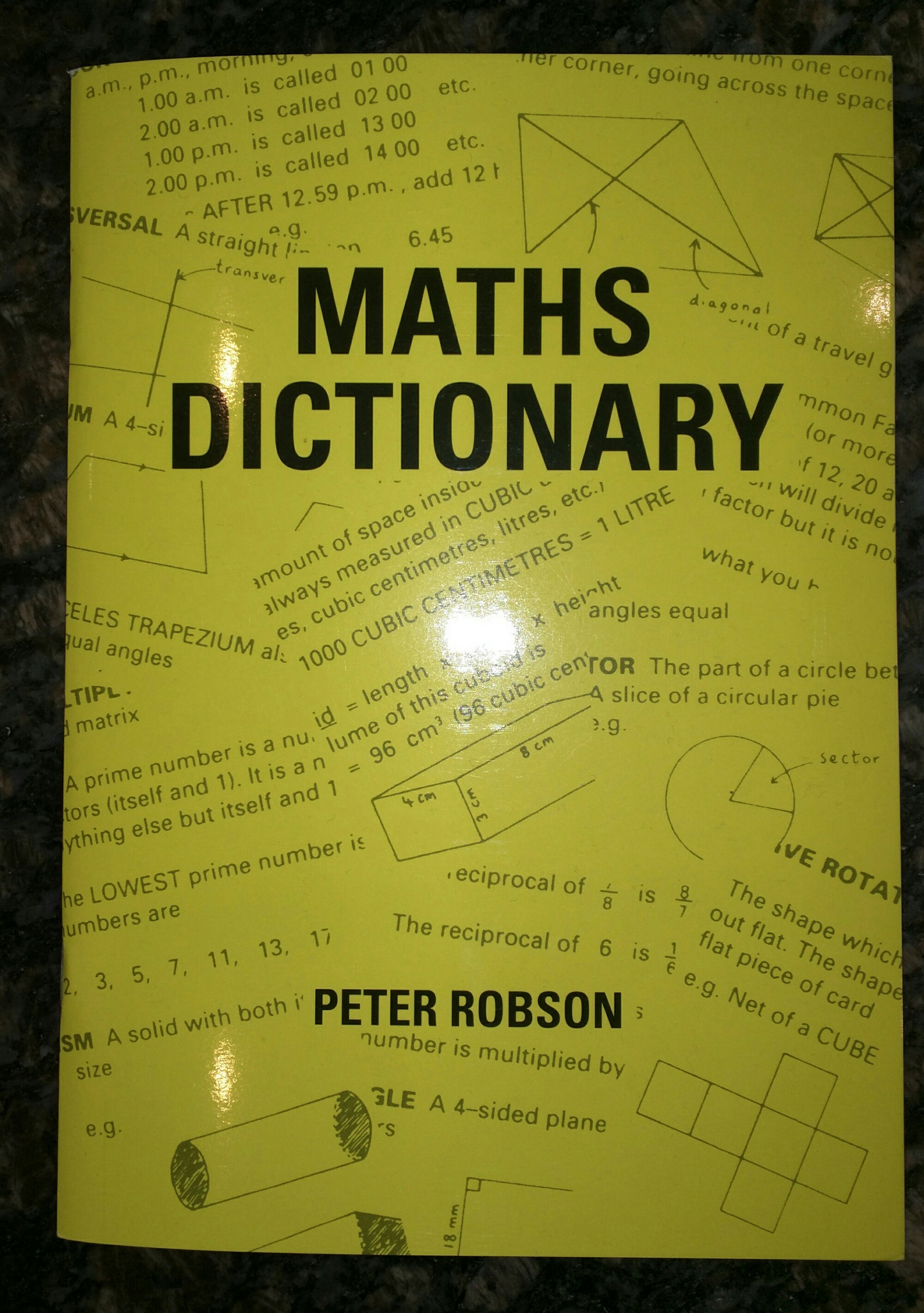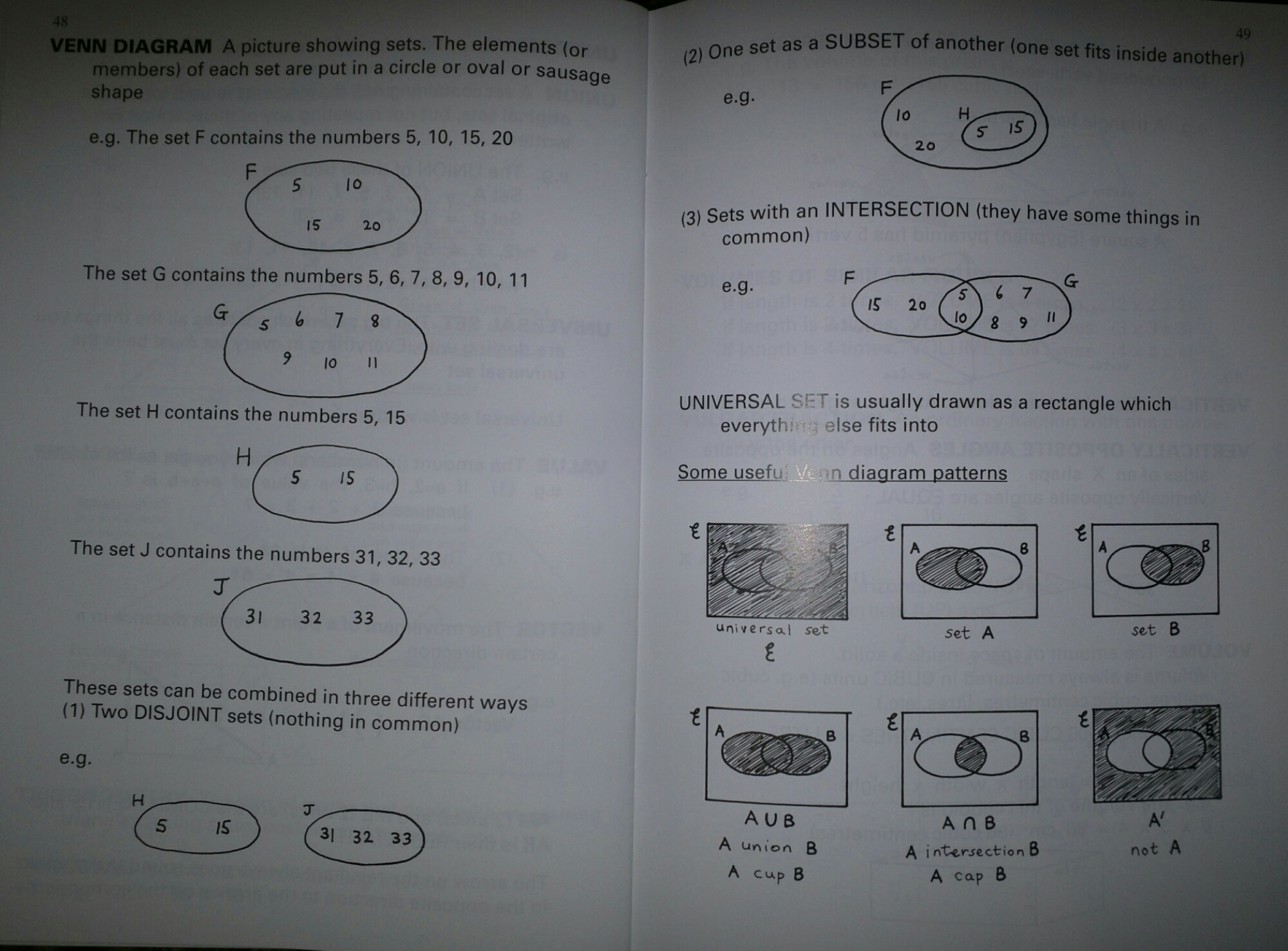I don’t know about you, but going over higher level questions (eg A-Level) after a test can be a frustrating time. The students never seem to fully engage because they think they know it all – even though they do get things wrong! What if I could offer you a way to review the test and incorporate an understanding of exam board mark schemes?
Image credit: www.sri.com
Preparation
- When you mark the test clearly indicate on the paper which questions students got fully correct.
- Alternatively get your students to do this.
Set Up
- List the question numbers on the board
- Starting with the highest number (usually the hardest questions) students volunteer to answer the questions on the board by putting their name next to a question number. In this way the brightest students who got the tricky questions right can’t volunteer to do the easier questions, allowing other students a chance of success.
- Long multi-part questions could have more than one student.
- You can also allocate a calculation checker and algebra checker if you have spare students
Task
- Bring up each student to go through a question on the board.
- Whilst they do this you can do a commentary of where marks are allocated by the markscheme, alternative methods and misconceptions.
I did this activity with a Year 12 group whilst reviewing an A-Level paper and it was a such a better use of time. The students were more engaged and I could interact with the class on a much more productive level.







